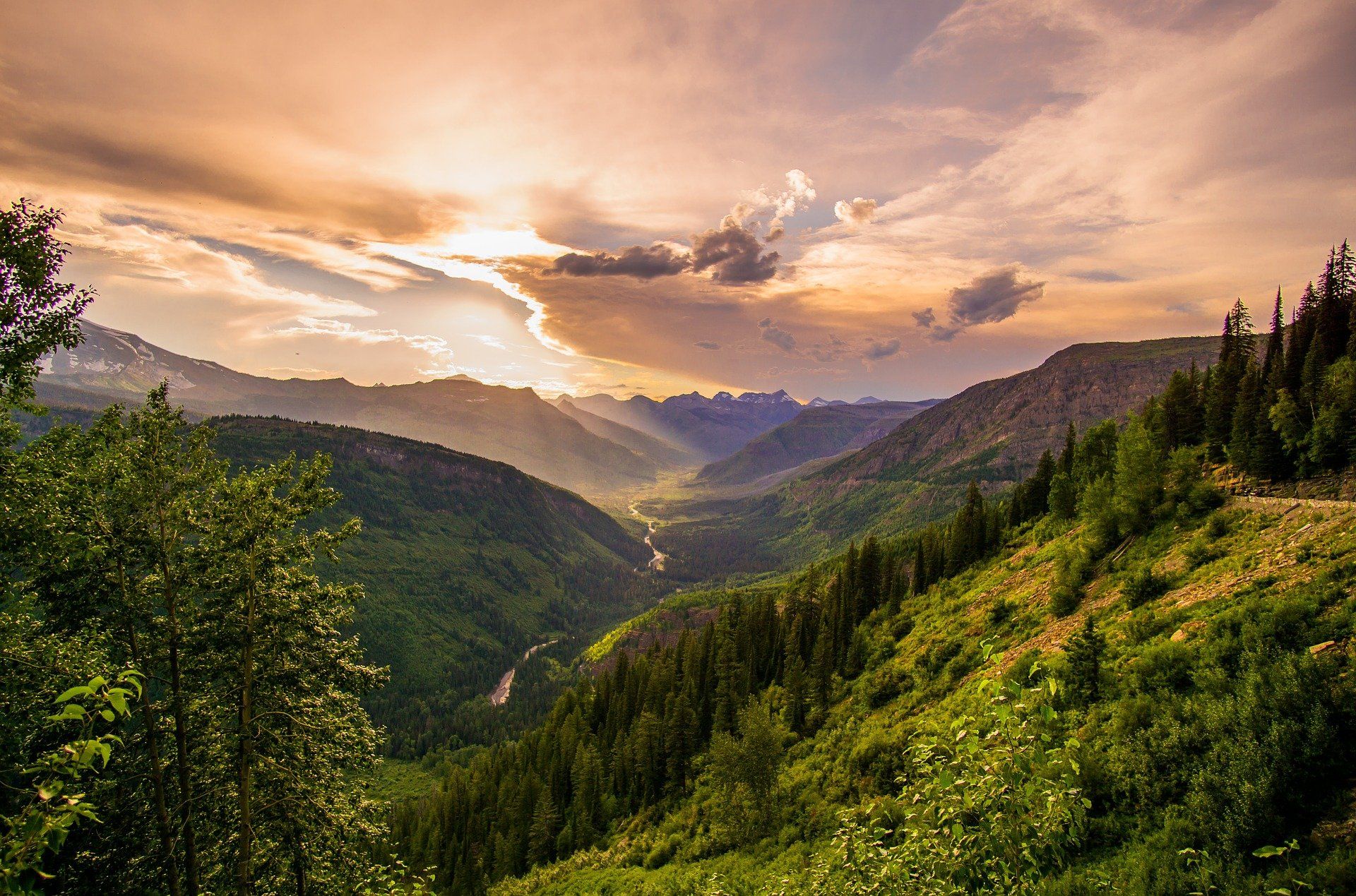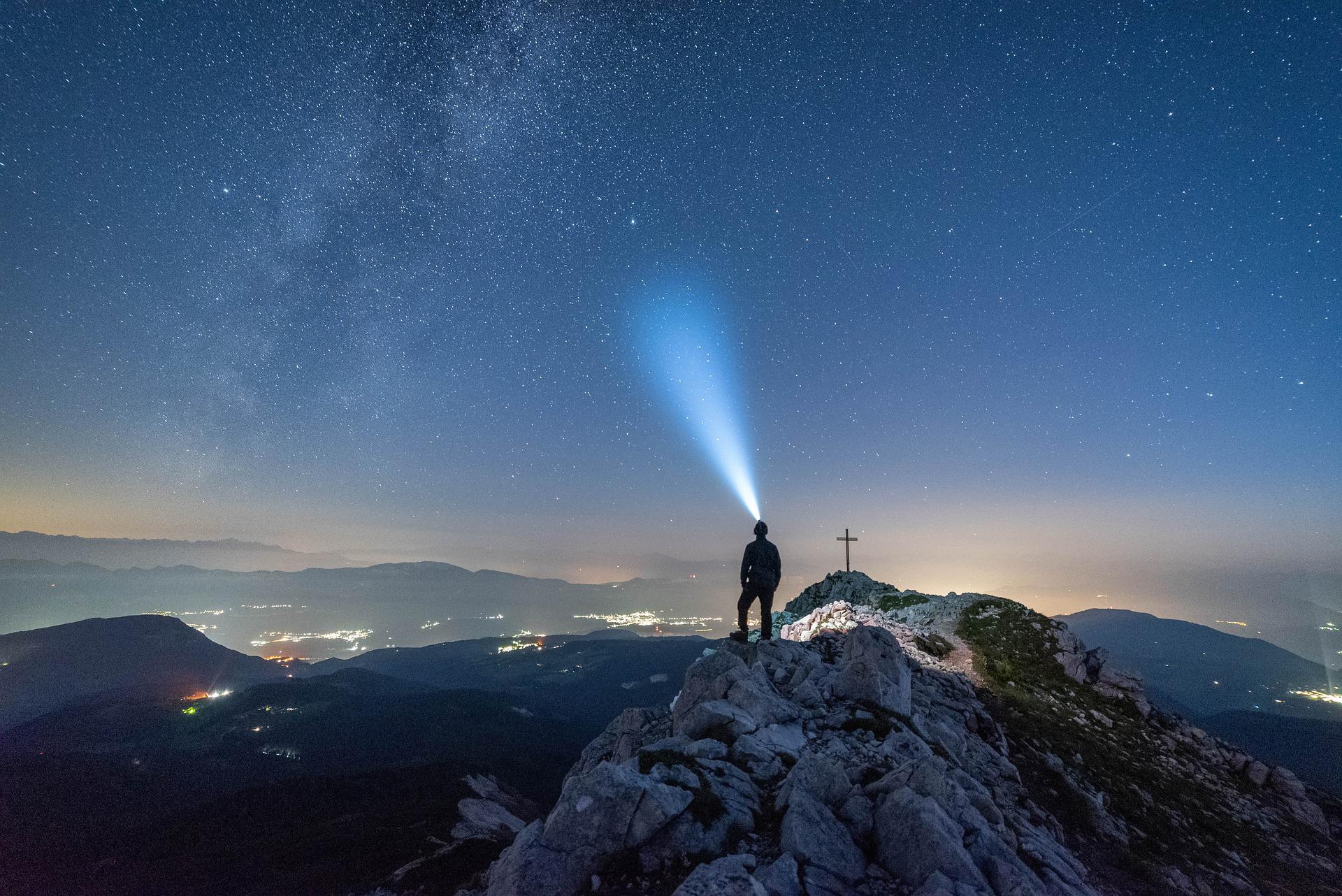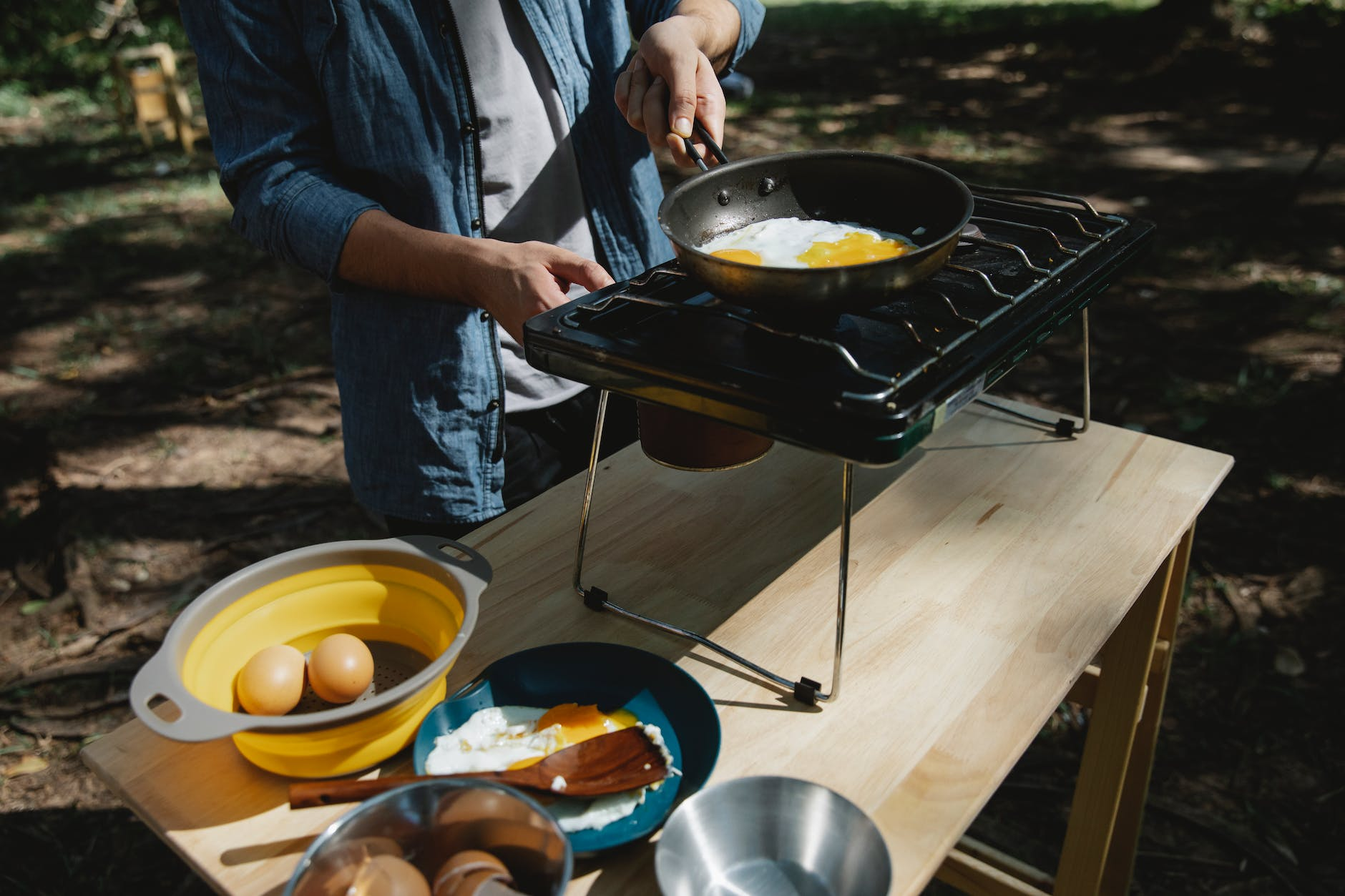Best Camp Equipment To Use In The Mountains

Are you planning a camping trip in the mountains? Packing the right equipment, such as the ones below, is key to achieving a successful and enhanced mountaineering experience.
Mountaineering Backpacks

While you can use your regular backpack in the mountains, you will need specific mountaineering backpacks to make your stay on the peaks more successful and comfortable. Also referred to as climbing packs, mountaineering packs come with a narrow smooth profile, making it easy for you to move your arms. The last thing you want is to experience cumbersome arm movement as you handle ropes, climb or even scramble around. Plus, most of these backpacks will allow you to strip them down whenever need be, by removing the frame sheet, hip belt, and even lid to cut on the weight and size for your summit attempts. You can also bring along some heavy-duty trash bags to act as pack covers and liners to help keep your gear dry.
Mountaineering Stoves

You have two options to choose from canister-fuel stove and a liquid-fuel stove. If you need something lighter, you can go for the canister stove, while liquid-fuel stoves are best for cold temperatures, which are the norm in the mountains.
Headlamps

It doesn't matter whether you plan to stay in the mountains for a day or several days, you must have a headlamp. This is because you will probably start your climb pre-dawn and you will need some light to help you navigate through the dark paths. For best results, get a LED headlamp with both spot and flood beams. Also, carry extra batteries in case the first ones run out. For cold temperatures, lithium batteries are better than their alkaline counterparts.
Sleeping Pads

Climbing sleeping pads might be bulky, but they're best for keeping you worry-free, especially when you're planning on spending the night out in the mountains. You can use them on top of your foam pads for better insulation during your camping. Or to just provide you with the confidence you need to use your foam pad, just in case the air pad pops.
Pro tip: Whenever you carry sleeping pads, ensure you carry a repair kit just in case you have some fixing to do. Also, for any sleeping pad system you choose, ensure you get one with an R-value of 3 or equivalent for conductive heat flow.
This is a subtitle for your new post

Generally, mountain climbs take more than a day. Therefore, you will need a shelter to sleep in and rest to reenergize for the journey ahead. So, you will need a lightweight bivy sack or a 4-season tent. However, if you don't have a 4-season tent, you can use your standard 3-season backpacking tent to carry you through the night. But, if you're anticipating dealing with large junks of snow and fierce winds, it's best to invest in a 4-season tent, which can comfortably take you through all the seasons of the year.










